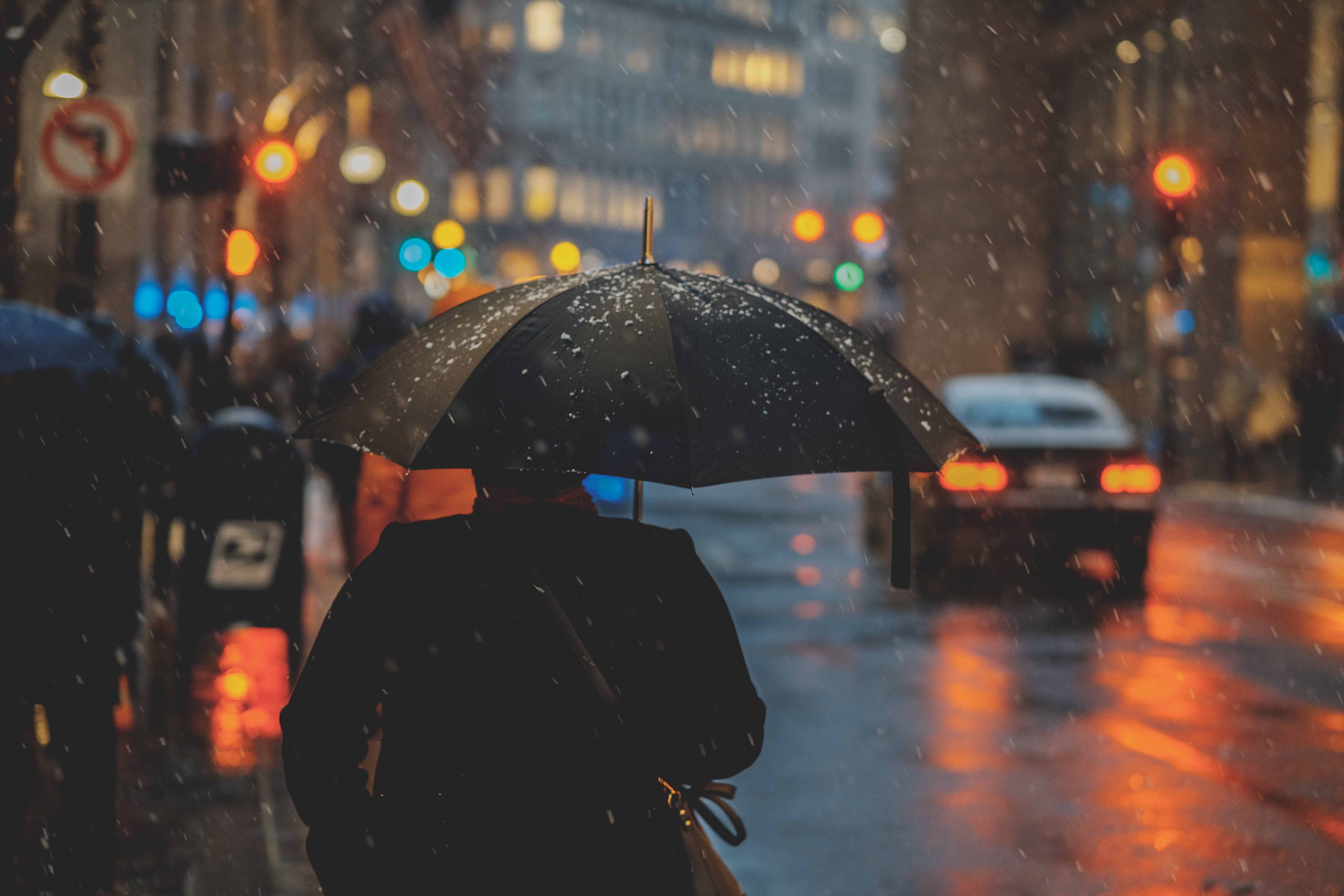
Our top ten tips for driving in the rain
We've had some great weather recently, however it looks like this weekend could be a bit of a washout. So, to make sure you stay safe when driving when it is wet and hazardous, read on to find out our top ten tips:
Before you start driving in the rain:
If you know that it is going to start raining before you set off driving, there are certain things you can do to prepare:
- Make sure your tyres have enough grip. The legal tyre tread depth is at least 1.6mm across the central three-quarters of each tyre around its entire circumference. Making sure that your tyres adhere to this means you should have sufficient grip.
- If the weather is particularly bad though, you may want to ensure you have extra grip for safety. For summer tyres the recommended tyre tread depth is 3mm and for winter tyres it is 4mm
- Check your windscreen wipers. Make sure your front and rear windscreen wipers are working so that you can see, and be seen. If the leave streaks or don’t clear the glass in a single swipe, then they may need replacing.
- Check your lights and indicators. Ensure all of your lights – headlights, side lights, brake lights, tail lights and indicators – are working so you can be seen in the rain and signal to other drivers clearly.
- Fill up with fuel. When you are driving in the rain you will be using your lights, your wipers and your heating system more than normal – and this will have a negative impact on your fuel economy. Traffic will also be slower-moving and there may be more accidents slowing traffic down – so you may also use more fuel than normal. Make sure you fill up and have plenty of fuel in the tank before you set off.
- Think about alternative routes. Use main roads where you can as they are less likely to be flooded, and have an alternative route in mind in case of accidents, floods or road closures.
Safe driving in wet weather
The Highway Code contains plenty of advice on what drivers should do in wet weather, including:
- Reducing your speed to leave more space between vehicles
- Doubling the length of your normal stopping distances – staying at least four seconds from moving traffic ahead
- Staying in control to avoid having to brake harshly
- Keeping your headlights on dipped beam so that you can be seen by other drivers but they are not dazzled
Driving through water
Avoid driving through large puddles – more than 10cm deep – as even a small amount of water in the engine can cause a large amount of damage. If you cannot avoid driving through a large puddle, then make sure to stay on the highest part of the road – judging by the edge of the kerb.
Be very careful in areas where there are puddles on bends – if you can’t see what is ahead then you should be cautious about driving into the puddle. Perhaps find an alternative route.
If you are driving through water and start to hydroplane (your tires lose contact with the road surface) then take your foot off the accelerator, hold the wheel lightly, and allow your speed to reduce until your tyres regain their grip and you feel in control again.
What to do if you break down in the rain
Wet weather can cause a lot more breakdowns than usual, as damp conditions can cause issues with both car engines and their electrics.
If you do happen to breakdown in the rain, pull over to a safe place, turn on your hazard lights and contact your breakdown company to request help.
If your engine cuts out after you have driven through a deep puddle, then don’t try to restart it, pull over and contact your breakdown company – engine damage could occur if you try and restart it yourself.
While you are waiting for help, keep your car bonnet shut as rain can cause real issues with car electrics.
Cartime's top ten wet weather driving tips
If you are going to be out in your vehicle in wet conditions, then follow Cartime’s top ten tips:
- Check your tyres, lights and wipers to make sure they are all in working order
- Make sure you fill up with fuel
- Check weather reports for where you will be driving
- Plan your route and make sure you have an alternative in mind
- Drive carefully and safely
- Give cars in front more space so that you can safely brake if you need to
- Use your headlights correctly, so other drivers can see you but you don’t blind them
- Don’t brake harshly if you lose control of your car, take your foot off the accelerator instead
- Only drive through a puddle unless it is safe to do so
- If you break down, keep your bonnet shut and call for help